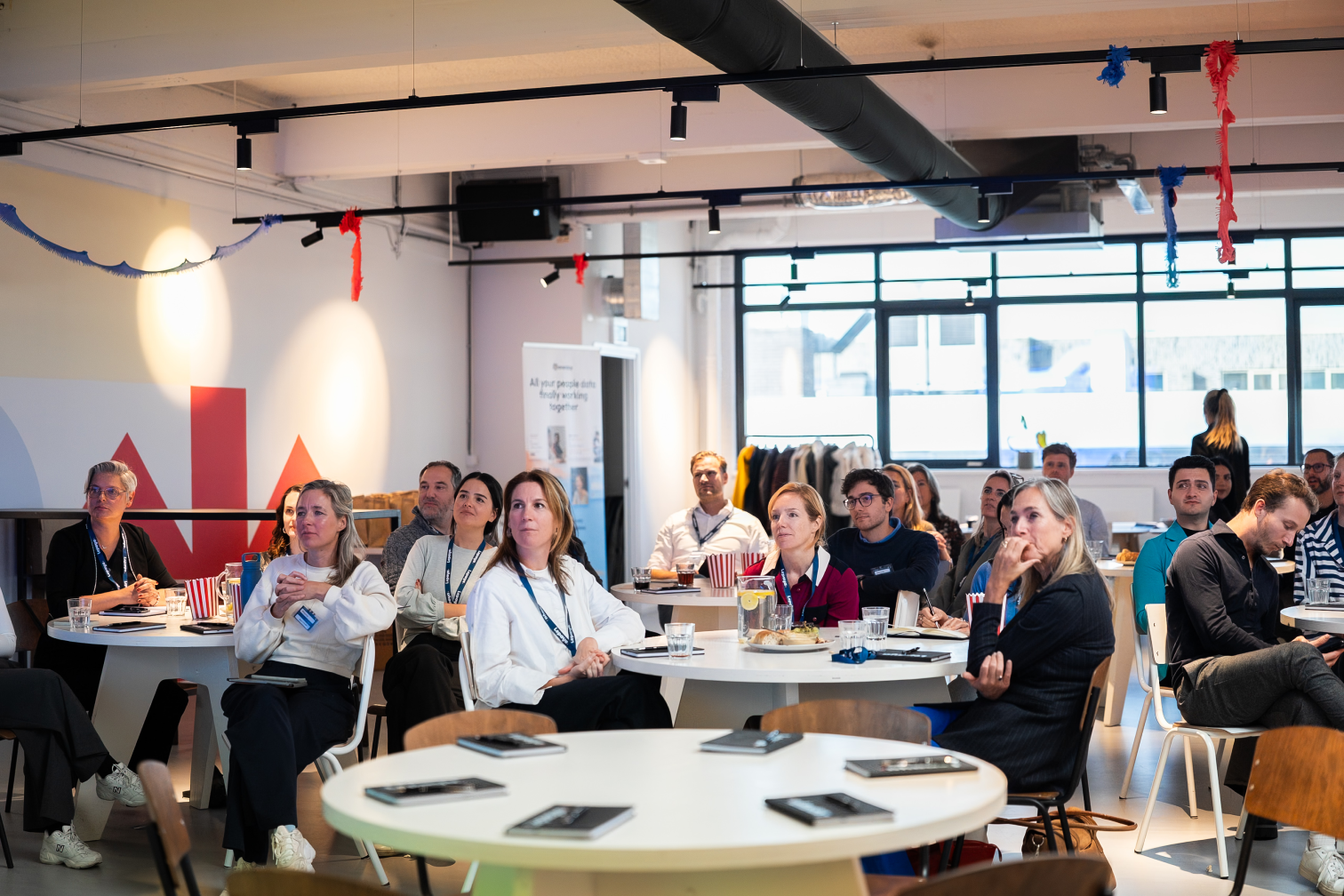Team structure is one of the strongest foundations of any good business. Or at least it used to be. Today, too tight a structure can be detrimental. The structured approach to building and developing teams is rooted in the idea that we onboard certain people for certain jobs, which limits the value that we can derive from each of our resources.
As you’re probably beginning to figure out as you find your feet in your new role as manager and flex your management skills, the individual skill sets of your team members is likely to be very diverse. While Anika may have been hired for THIS position, and while Lucas may have been hired for THAT position, there are times when Anika’s unique talents may be more closely aligned with THAT, while Lucas could make more headway on THIS. It’s not black and white.
As a new manager - a manager whose every move is on display to the board, and whose mistakes are more visible than ever before - ensuring you have the right team member in the right seat to deliver the best results every single time is absolutely vital. The secret to achieving this is building a good team culture rooted in flexibility – and a sound knowledge of your team’s particular strengths and weaknesses, gleaned from a comprehensive skill gap analysis.
An agile approach
Building a good team culture that puts the right people, in the right seat, at the right time means building a culture rooted in the agile methodology. Until recently, agile was associated almost exclusively with software development, although the core meaning behind the methodology is now seeing it expand across many other areas of business.
The 2001 Agile Manifesto describes the agile approach as putting ‘individuals and interactions over processes and tools’, while Gartner’s Vice President Analyst Bill Holz states that agile is ‘more about the people involved than the technology’. With these descriptions, it's easy to see how developing a people-centric agile team can break down outdated restrictive team cultures, and introduce new flexibility to the mix.
‘Agile enables organisations to master continuous change. It permits firms to flourish in a world that is increasingly volatile, uncertain, complex, and ambiguous’ - Forbes Leadership Strategy Contributor, Steven Denning
When looking at the situation from this perspective, it’s clear that building a good team culture founded in agile is key to boosting performance and delivering top results.
Here are four tips for building a good team culture using the agile methodology:
1. Be social
Getting to know your team through the creation of a communicative, social environment is the most important tip for building a good team culture. By understanding the unique skills and experiences of each team member, you can not only take a data-driven approach to task assignment, but also to training and development, helping to bridge any skills gaps your team may have. By offering learning, training, and coaching opportunities, you can create a ‘step up’ culture, where many different team members are able to step up and carry out critical project tasks, rather than waiting for a single ‘expert’ to take over, risking project delays.
2. Be open to change
Creating a flexible team culture that challenges the structured team culture of the past, requires a willingness to embrace change and implement new ways of working. You’ll find it easier to get your team onboard with the changes if you lead by example. As you may have already discovered, teams don’t always like change. But you can encourage your people to engage with new strategies if you use them yourself and are confident in your change management leadership skills.
At first, your team members may find it challenging to be swapped from task to task depending on where their skills lie, but supporting them to navigate this change can be highly effective. Conducting your own difficult conversations exercises can also help you to navigate this period of readjustment and broach potentially tricky conversations with assurance.
3. Encourage transparency
Building a transparent team culture is vital if you’re striving to deliver excellence. Every member of your team must be transparent about their own skills, ensuring you’re able to place the right people in the right seat for top performance. However, most important of all is that your team feels comfortable being transparent, and is able to communicate their strengths, and be open about their weaknesses. Communication and intrapersonal skills coaching can be valuable, along with developing an ‘open door’ leadership approach so that employees know they can talk and share with you.
4. Create a shared vision
According to McKinsey, while most teams reinforce a culture of competition, ‘agreeableness is the secret sauce of great agile teams’. Building a good team culture means building an environment where all your people are happy to be flexible and help each other out when needed. There’s less of a focus on personal responsibility, and greater priority placed on creating a shared vision for success where the destination is more important than the journey. A team that delivers results doesn’t care how the work is done, it’s more about doing what needs to be done to achieve goals.
Putting people first
One of the biggest concerns in a post-COVID world, according to Gartner, is the dehumanisation of employees. Building a team culture today is not the same as it once was. There must be a shift to putting people first if you truly want to see results. Building a good team culture based around the people-centric agile approach is one of the best ways to do that, ensuring you’re always giving people what they need to conduct their best work and deliver results that meet your expectations and impress the board.

Nous proposons une solution évolutive de formation des employés. Elle vous permet d'améliorer en permanence les compétences de votre personnel.
Réservez un appelRelated articles
Ready to drive impact together?
Close skill gaps, accelerate growth, and future-proof your workforce.











.png)

.jpg)
.png)


.png)